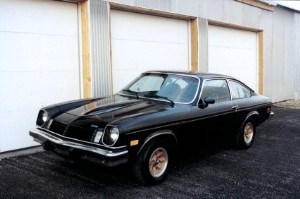MossRoad
Super Moderator
- Joined
- Aug 31, 2001
- Messages
- 60,225
- Location
- South Bend, Indiana (near)
- Tractor
- Power Trac PT425 2001 Model Year
Yep. But they sustained so much damage in transit that they started enclosing the cars.Yeah, I actually remember when you could see the cars they were carrying.
Back in the 80s I had a part-time job driving 5-ton trucks, Hummers, and postal vehicles out of the AM General factory in South Bend, IN to rail spurs all over NW Indiana, and loading them on rail cars. Most of the time they were all loaded on flat cars. However, once in a while we loaded Hummers on the double height auto rack cars. They are totally enclosed except for the little round holes. Hummers are a tight fit as it is, but one siding in LaPorte, IN was on a curve! So you had to drive the hummer up the ramp to the 2nd level, then down 15-20 cars and you could only see into the car in front of you. Not much room on the sides. In fact, if you had a Hummer with doors, you had to climb out the window and SQUEEEEEEEZE around to the hood, then climb over the tops to the nearest end of the rail car and hop out between cars.

